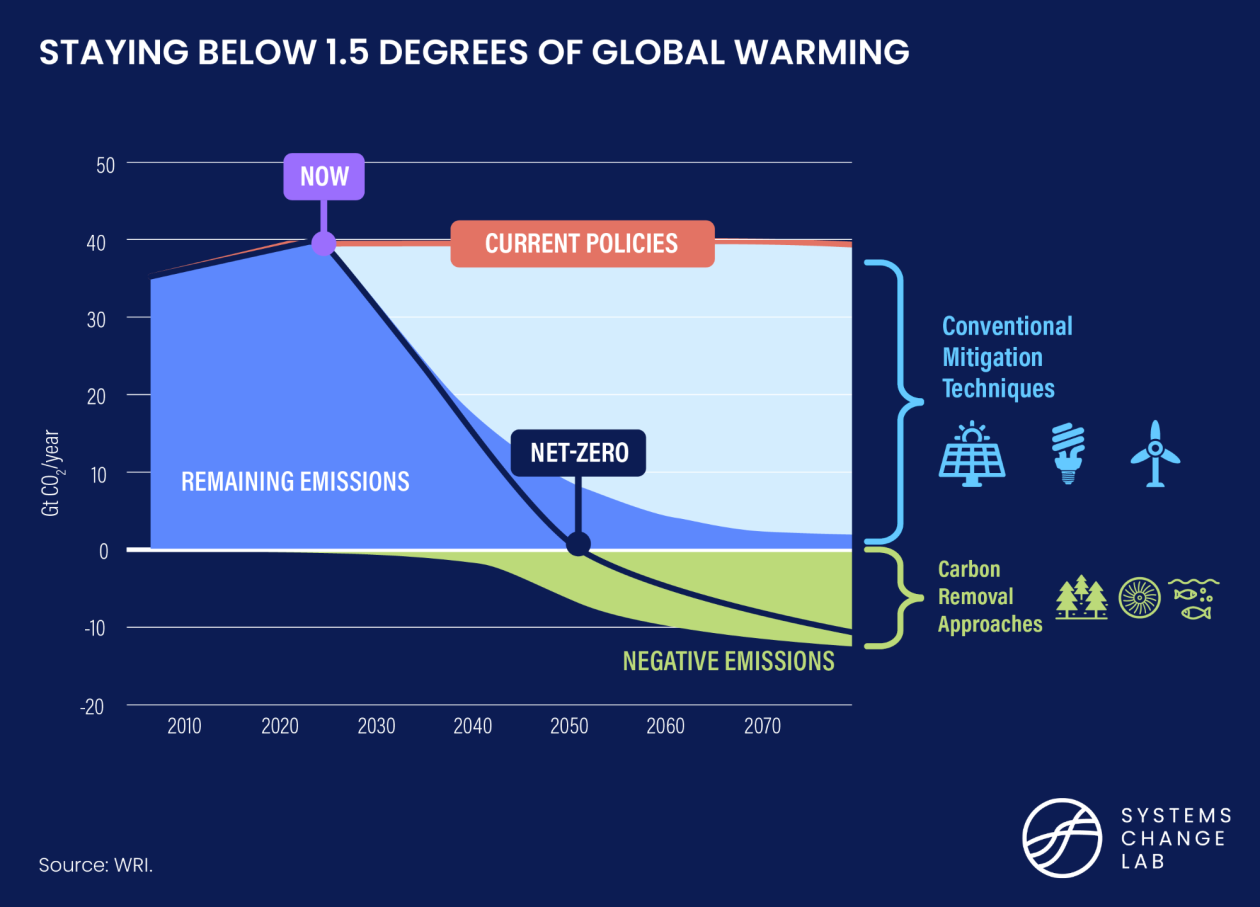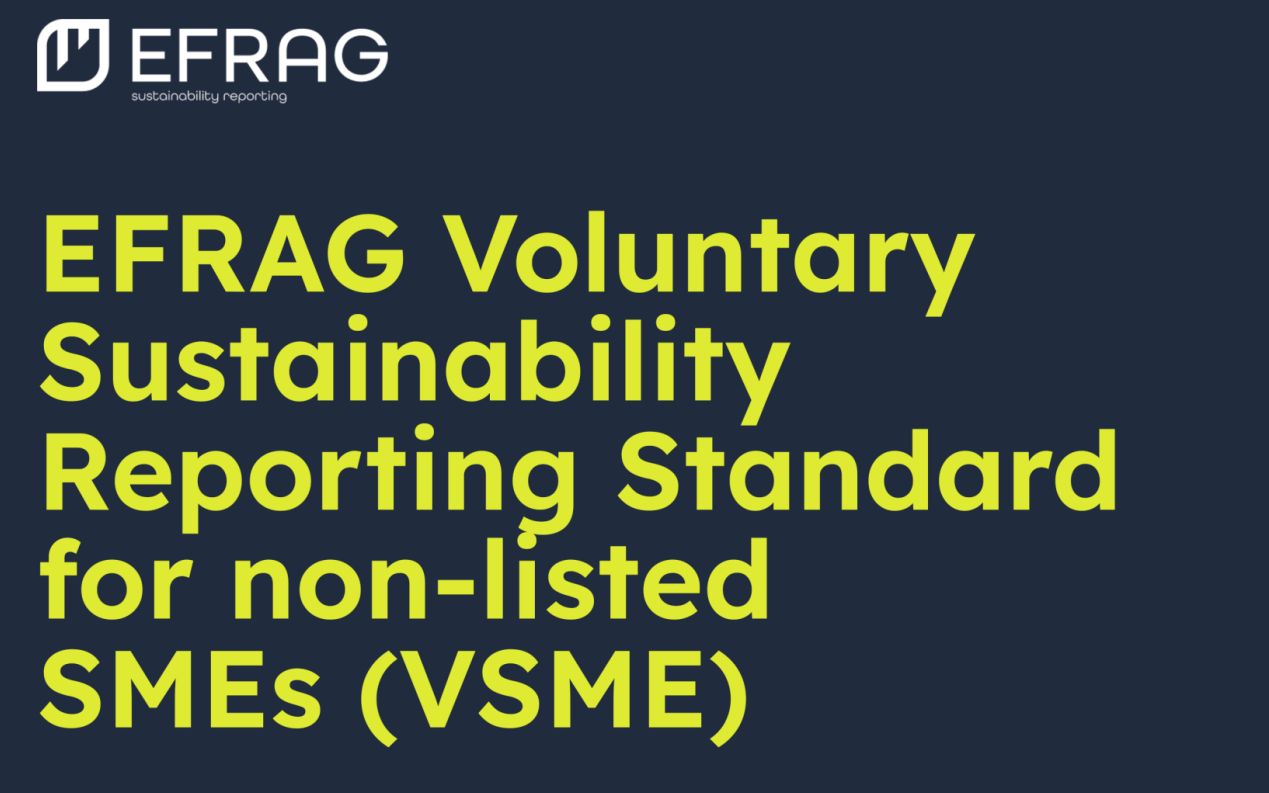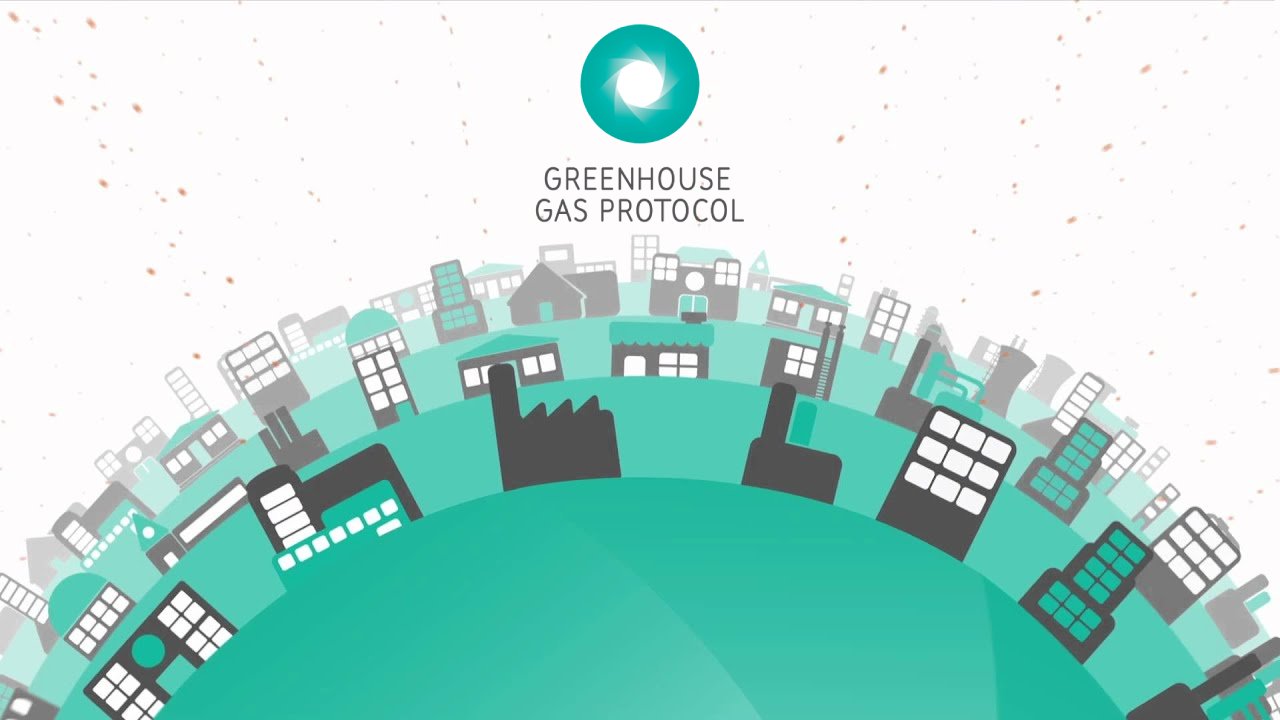Understanding Sustainability: Definition, Dimensions and Global Goals
The scientific definition of “sustainability” has evolved and varies across different contexts and literature. One of the most widely accepted definitions comes from the United Nations’ Brundtland Commission in 1987:
Sustainability is generally understood to consist of three main dimensions, or pillars: environmental, economic, and social. A key point of debate is the trade-off between economic growth and environmental protection. However, the common goal among countries, governments, and organizations today is to find ways to achieve economic growth without harming the environment.
The 17 Sustainable Development Goals (SDGs) outlined in the United Nations’ 2030 Agenda for Sustainable Development can be categorized under these three sustainability pillars:

The SDGs wedding cake. Source: Azote for Stockholm Resilience Centre, Stockholm University CC BY-ND 3.0.
ESG (Environmental, Social, and Governance) is a subset of the sustainability framework, specifically targeting corporate behavior and investment decisions. While sustainability offers a comprehensive vision for balancing environmental, social, and economic priorities, ESG serves as a business-centric tool for assessing company performance beyond financial gains. It evaluates how well companies incorporate sustainable and ethical practices into their operations, helping investors and stakeholders measure their impact on environmental, social, and governance issues.
Greenhouse Gas (GHG) Protocol
One of the key frameworks for measuring the relationship between economic development and environmental conservation in sustainability is the Greenhouse Gas (GHG) Protocol. Developed in the late 1990s by the World Resources Institute (WRI) and the World Business Council for Sustainable Development (WBCSD), the GHG Protocol provides a global, standardized framework for measuring and managing emissions. It is used by governments, industries, NGOs, and organizations across both the public and private sectors.
In 2016, 92% of Fortune 500 companies participating in the Climate Disclosure Project (CDP) reported using the GHG Protocol, either directly or through programs based on its guidelines.
For a deeper insight into the GHG Protocol, explore our blog: GHG Protocol Simplified
Net Zero Mission
The historic Paris Agreement, adopted on December 12, 2015, at the UN Climate Change Conference, was the first legally binding international treaty aimed at combating climate change and its impacts. It underscored the importance of achieving net-zero emissions. In simple terms, net zero refers to a state where the amount of emissions released into the atmosphere by human activities is equal to the amount removed from it. The Paris Agreement established that, in order to limit global warming to no more than 1.5°C, emissions must be reduced by 45% by 2030 and reach net zero by 2050.

Net-Zero Emissions. Source: World Resources Institute – What Does “Net-Zero Emissions” Mean? 8 Common Questions, Answered
Currently, over 90 countries, representing nearly 80% of global emissions, have set net-zero targets for their economies, including major players like China, the United States, India, and the European Union.
![]()
Compera provides a complete platform to easily request, register and report data on climate, environment, HSE, Governance and Human Rights.

